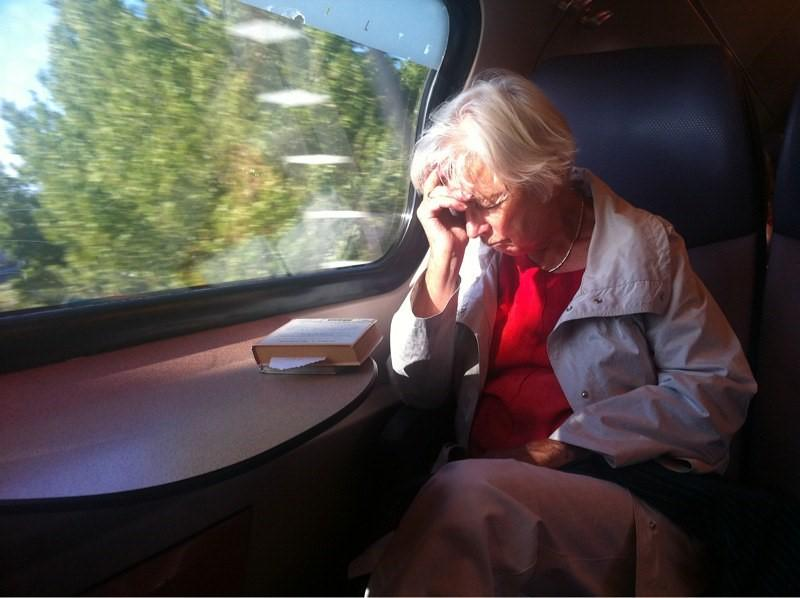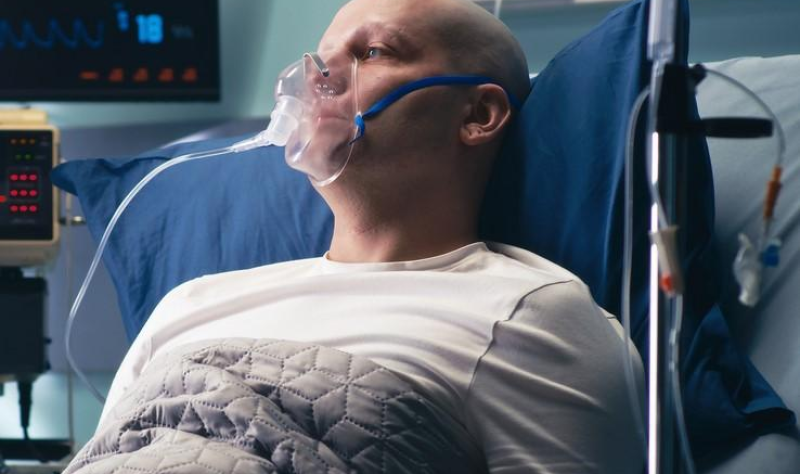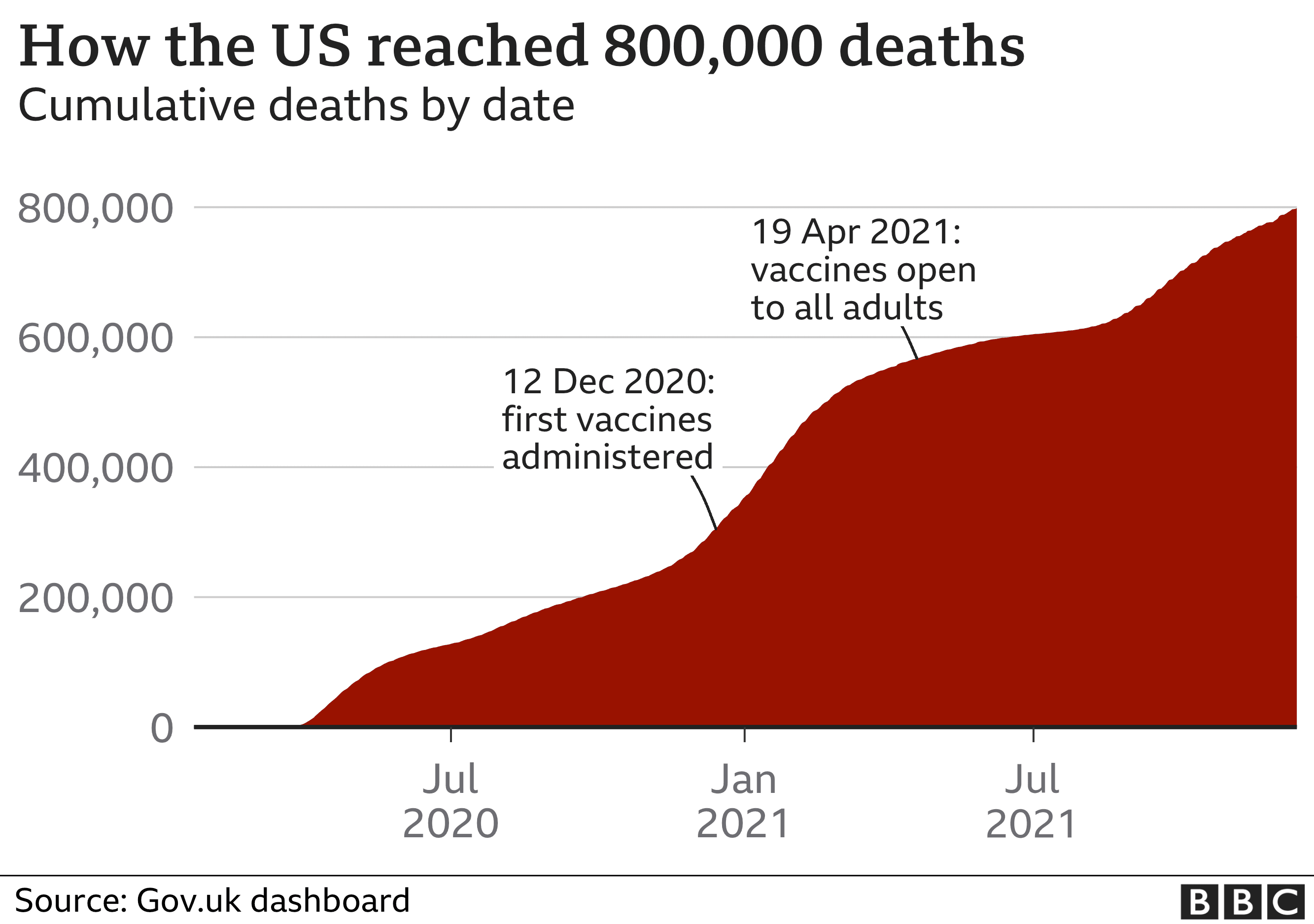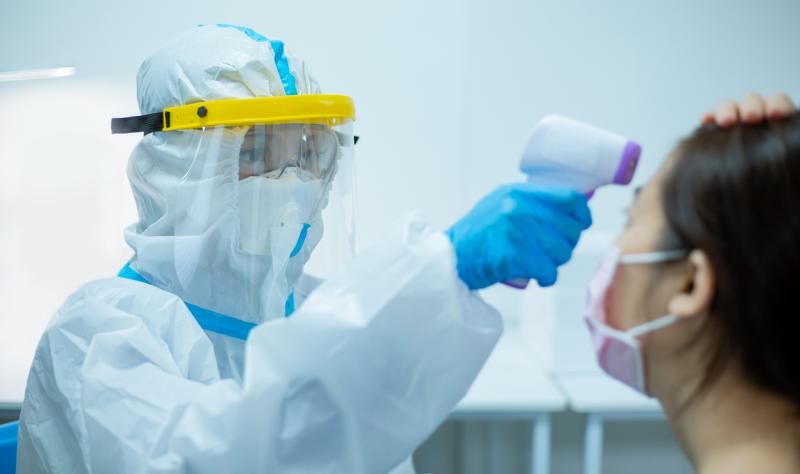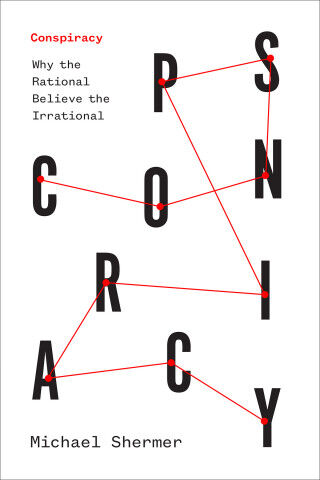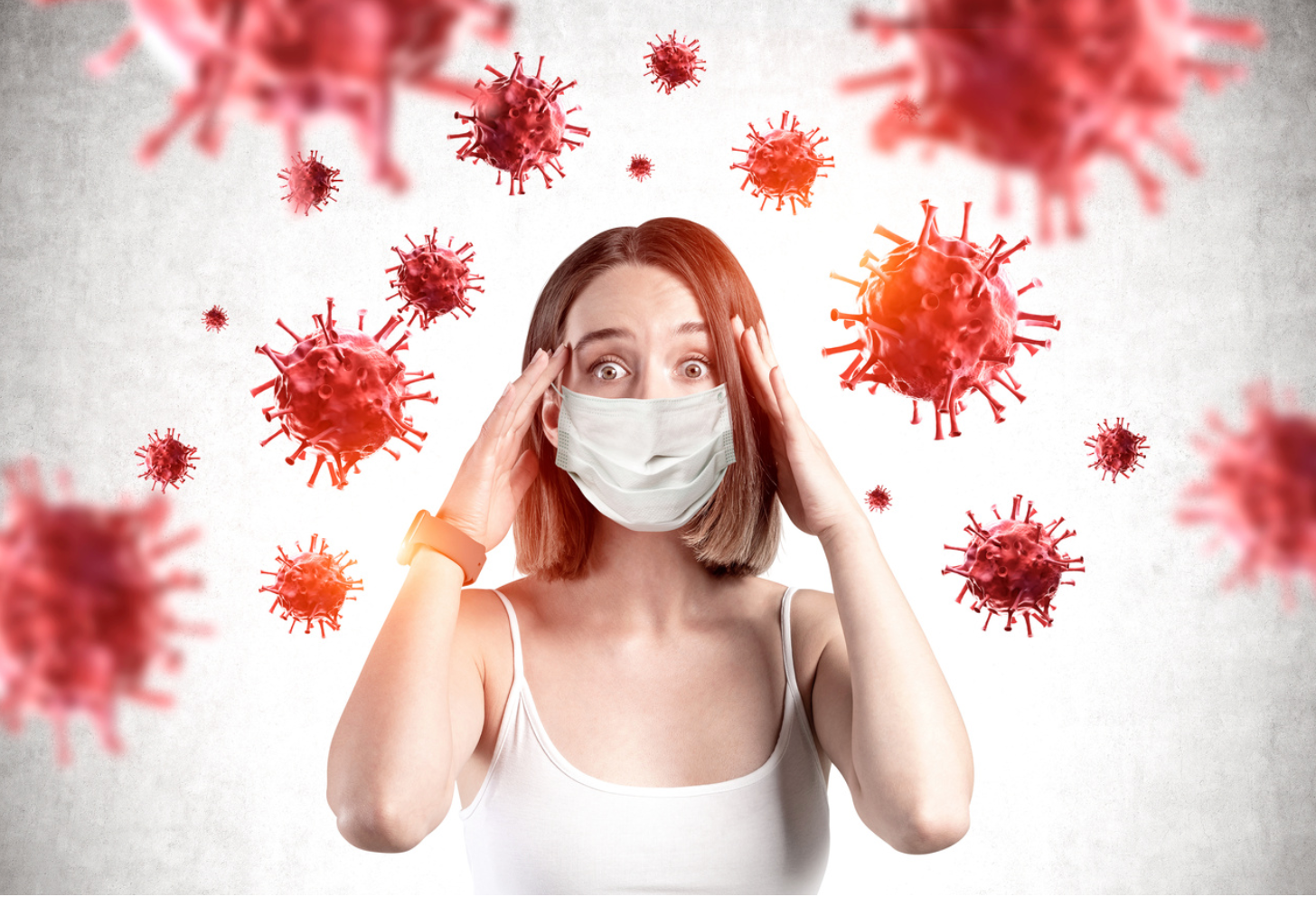Warriors vs. Celtics: In COVID surge, how risky are games and watch parties?

But with pandemic health restrictions largely a thing of the past, many Warriors fans will find themselves in at least one of these scenarios: attending a game or official watch party in person at Chase Center, catching a game at a crowded bar or restaurant, or cheering alongside family and friends at a private gathering.
Games 1, 2, 5 and 7 of the Finals are scheduled to take place at Chase Center in San Francisco, and watch parties at the arena are on the calendar for games 3, 4 and 6, when the Warriors are in Boston.
With highly infectious omicron subvariants driving the current surge, what is the risk of going to these events or other public spaces? Are we likely to see some viral super-spreading in the region?
Experts agree the conditions are ripe for coronavirus transmission.

Zinnia Koch cheers for a Warriors score as fans watched the Golden State Warriors play the Dallas Mavericks in Game 4 of the NBA Playoffs Western Conference Finals during a watch party at Chase Center in San Francisco, Calif., on Tuesday, May 24, 2022.
Carlos Avila Gonzalez / The Chronicle
The “case rates are extraordinarily high in the Bay Area now,” said UCSF Chair of Medicine Dr. Bob Wachter.
The rate of daily new cases in the region was 53 per 100,000 people on May 26, according to data collected by the Chronicle. In San Francisco, the rate was slightly higher, at 59 cases per 100,000. And experts say underreporting is probably significant due to the prevalence of home testing and large share of asymptomatic cases.
Here’s what experts say about the risks of various viewing situations during the NBA Finals and how Warriors fans can navigate them with an eye toward reducing their chances of contracting COVID-19.
The riskiest scenario: Bar or restaurant viewing
Experts agreed that being in crowded situations with many strangers, particularly if they are unmasked, is the least safe option. A smaller gathering at home, particularly among those who are vaccinated and have tested beforehand, is the safest.
But it wasn’t a huge arena scenario that concerned experts the most.
Rather, being in a smaller but crowded venue such as a bar or restaurant is the riskiest, according to Wachter, because it involves a big group with “very little spacing” and “loud talking and shouting.” Patrons are also likely to be maskless, especially when eating and drinking.
“In a bar with 50 people, there’s about a 95% chance that someone there has COVID, even if everybody feels well,” Wachter wrote an email to the Chronicle on Tuesday. “In a crowded space with people shouting and not wearing masks, the chances of spread are awfully high.”
“I wouldn’t do it,” he said.
Add poor ventilation to that scenario and the risk factor rises even more, said Jorge Salinas, an assistant professor of infectious diseases at Stanford University.
He offered one quick and simple way to assess air flow: If you walk into a place and you feel hot air on your face, it’s “not very well ventilated,” he said.
For fans who really want the sports-bar experience of watching the Warriors vie for the championship trophy, Salinas suggested trying to find a well-ventilated venue, such as one with roll-up garage doors or lots of open windows.
Better yet, find an outdoor venue or a place with a patio and TVs.
Still risky: Arena events

Fan Camila Dayson (center) cheers during the fourth quarter of the Golden State Warriors Game 2 of the Western Conference Finals against the Dallas Mavericks at Chase Center on Friday, May 20, 2022 in San Francisco, California.
Gabrielle Lurie / The Chronicle
Attending a game or watch party at Chase Center is a bit murkier, experts said.
Compared to bars and restaurants, the arena has the advantage of a very large volume of air, which allows some dispersion of the coronavirus, Wachter said.
Still, it’s not a “zero risk situation,” Salinas said, because some transmission in the arena can “no doubt” occur. Clusters of cases are likely to happen as a result, he said.
San Francisco’s high positive test rate – 11.2% of recorded tests were positive as of May 26, according to public health officials – makes going to the game or watch party risky, said John Swartzberg, an infectious disease expert with UC Berkeley.
“You have a high probability of being around someone who is infected and therefore communicable,” he said.
“To put it another way, these activities are high risk,” he said. “I would not recommend these activities.”
Human behavior is also an important part of the risk equation, UCSF infectious disease expert Peter Chin-Hong explained.
“You can go to the best ventilated place, but scream and sing and huddle with strangers and it will be potentially risky,” he wrote in an email. “On the other hand you could be the only person in the ‘hole in the wall’ sports bar and it will likely be safe. Context matters, but also how much control you have of the environment.”
The safest option
Experts agreed that attending smaller, in-home gatherings is the safest option because the probability of someone being positive is quite a bit lower.
“A gathering at home with others would be safest,” Swartzberg said. “It could be made safer by only having guests who are up to date with their vaccinations, who will not come if they have any inkling that they might have COVID, and they did a rapid test just before coming.”
At home, you “have the most control,” Chin-Hong said. Other mitigation efforts you can take include limiting the size of the party and using HEPA filters in your HVAC system.
Salinas said the risk can be lowered further by providing good ventilation. Open the windows inside your home, or set up a TV or projector screen in the backyard, if possible.
How to lower your own risk

Raul Valencia and Armando Ramirez react to Klay Thompson (11) scoring a three point shot as fans watched the Golden State Warriors play the Dallas Mavericks in Game 4 of the NBA Playoffs Western Conference Finals during a watch party at Chase Center in San Francisco, Calif., on Tuesday, May 24, 2022.
Carlos Avila Gonzalez / The Chronicle
Fans can take a number of safety steps that are within their individual control, experts say.
First it’s important to be up to date on COVID vaccines and boosters, which is the “most important step to mitigate serious disease,” Swartzberg said.
However, experts noted that while vaccines were very effective at preventing infection from earlier strains, omicron’s subvariants have proved better at escaping immunity provided by vaccines and prior infection.
So while vaccines are still very effective at preventing severe disease resulting in hospitalization or death, “Don’t count on the vaccine to prevent infection and mild to moderate disease,” Swartzberg said.
“Also, the vaccine does help prevent long COVID-19, but it is not clear by how much,” he added. “A recent study suggested it would help by about 15%.”
And there’s bad news for fans who haven’t yet gotten their boosters: They have already missed the window for maximum protection.
A booster has “little effect” in the first three to four days, a “moderate effect” in a week, and “maximum effect” in two weeks, Wachter said. So if you get a booster before Game 1, it may offer slight protection by Game 2, and even more by Game 3. You would be fully boosted by Game 6, if there is one.
If avoiding getting infected entirely is your goal, vaccine protection and relying on places that check for vaccine status is not enough, Salinas said. You’ll need to use non-pharmaceutical interventions such as masking, maintaining your distance and avoiding large indoor crowds. Experts say wearing a high quality mask such as an N95, KN95 or KF94 offers the best protection.
“Wearing a mask at the game would significantly mitigate getting infected,” Swartzberg said. “It should be a good mask…that fits well and that you keep it on.”
And remember – if you are eating and drinking in a public space, it won’t be possible to mask for the entirety of the game.
Kellie Hwang is a San Francisco Chronicle staff writer. Email: kellie.hwang@sfchronicle.com Twitter: @KellieHwang

